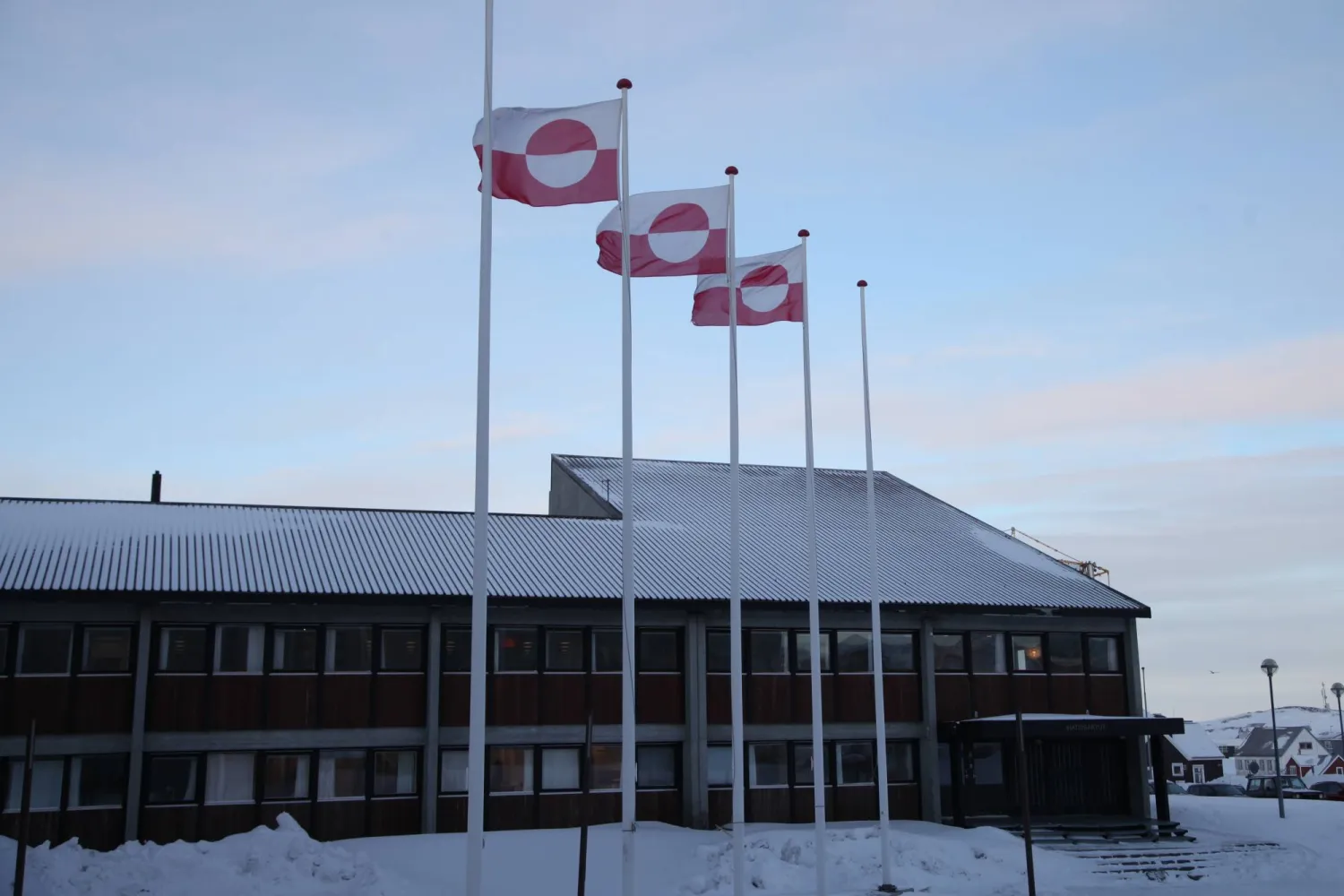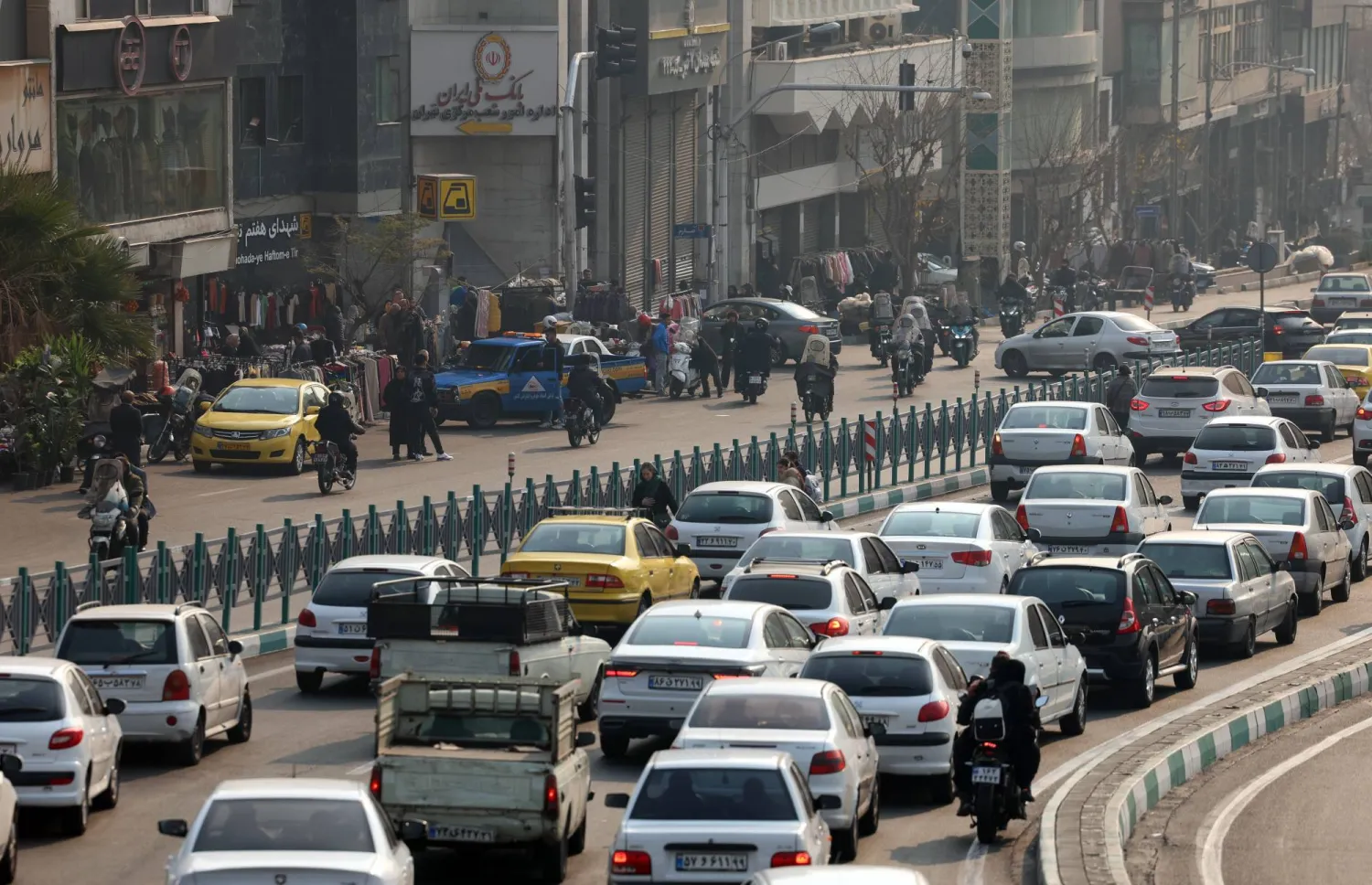Over the years, Al-Hol camp has grown into a bustling city of tents, home to nearly 43,000 people, mostly women and children from Iraq and Syria. Another section hosts families from 54 different Western and Arab countries.
Situated around 45 kilometers east of Al-Hasakah Governorate in Syria’s far northeast, Al-Hol’s population has surged from just a few hundred in 2016 to over 70,000 during the ISIS era.
About 136 kilometers away lies Roj camp, seeming similar to other refugee camps at first glance. But beyond its gates are high walls, surveillance cameras, and hundreds of tents housing jihadist women, fighters’ wives, and ISIS leaders.
While some women try to leave, others still hold onto beliefs that drew them to join the terror group, turning these camps into uncertain waiting grounds.
In the market of Al-Hol camp in eastern Syria, Iraqi and Syrian women shop for groceries, fruits, and even cosmetics. Some also get their phones fixed while vendors sell everything from dresses to Valentine’s Day gifts and perfumes, once banned under ISIS.
According to the UN refugee agency, the camp hosts 43,477 people, mostly Iraqi refugees followed by Syrian displaced persons, and around 6,500 foreign migrants, with women and children forming the majority.
Threats and Killings Persist in Al-Hol Camp
Al-Hol camp is run by the Syrian Democratic Forces (SDF) and their military branch, the Kurdish People’s Protection Units (YPG). Despite security efforts, violence continues, with attempted mass escapes being stopped by security.
The camp director reported receiving complaints of armed men threatening and robbing organizations operating at Al-Hol during the day.
The Iraqi government has brought back 1,400 families from Al-Hol camp in six groups by the end of 2023. However, many countries refuse to take back their citizens, even in humanitarian cases.
Women Search for Missing Husbands
“I've been in the camp for 6, 7, or maybe 10 years... Honestly, I can't remember. We're tired of waiting,” said Noran, a seventy-year-old Iraqi woman in Al-Hol camp. She, like many others, can’t recall when she arrived, living without much hope.
She came to Syria in mid-2016 when the borders dissolved due to the conflict. Now, she lives with her widowed daughter and granddaughter; her daughter’s husband died in battles in Deir ez-Zor.
Speaking to Asharq Al-Awsat, Noran expressed her readiness to return to Iraq if given the chance because she’s endured enough suffering.
Raghad Rasool, another Iraqi refugee in Al-Hol camp for six years, left her hometown in 2015, unsure of her husband and four brothers’ fate. They were captured after the Baghouz battle five years ago. Raghad longs to see them again.
Rassol sat selling parsley, onions, and mint in the market to support her family of five.
At 54, wrinkles marked her face as she lamented her situation.
“There’s no safety, life is tough, and we know nothing about the prisoners. But seeing my children without a future is the hardest,” she told Asharq Al-Awsat.
Many Iraqi refugee women share Raghad’s pain, not knowing what happened to their husbands or male family members held by coalition forces and the SDF.
Azhar, 32, dressed in black with only her eyes visible, spoke in a low voice to Asharq Al-Awsat, fearing surveillance.
“My husband has been missing for five years. I don't know if he's alive or dead. I have the right to know his fate, but I fear him being taken to Iraq and tried for belonging to the organization (ISIS),” she said.
Azhar, the Iraqi refugee, recounted moving between several Syrian cities to escape ISIS until they ended up in Baghouz.
After the men surrendered, the women and children were taken to Al-Hol camp.
All my family is here, including my parents and 30 relatives with my children, the oldest being 18 and the youngest 10,” she added.
Survivors Speak Out Amidst 150 Murders in Al-Hol Camp
In a guarded section of Al-Hol camp, security forces stand watch, restricting access to only those with written permission. Known as the “safe zone,” it shelters 25 families who escaped ISIS retaliation.
Lina, 23, a displaced Syrian from Al-Safira, shares her ordeal. Married off at 12 to a Tunisian fighter 33 years her senior, she reflects on her mother’s death in childbirth and her stepmother’s pressure to marry quickly.
Moving between ISIS-held areas, Lina settled in Baghouz, where her husband died, leaving her with two children who later succumbed to illness.
“Now I'm alone, hoping for a safer place,” she told Asharq Al-Awsat.
In Al-Hol, threats from pro-ISIS groups haunted Lina, culminating in an assassination attempt that forced her into the safe zone.
Al-Hol has seen over 150 murders, with 36 in 2023 alone.
Dima, 28, from Manbij, shares her fear: “Even in the safe zone, I fear for my life as night falls.”
Her husband, once an ISIS nurse, refused their orders, leading to an assassination attempt on Dima’s life. She’s now sheltered in the safe zone, hoping for safety.
ISIS Women in Syria’s Al-Hol, Roj Camps: Uncertain Fates Ahead

One of the main streets in Al-Hol camp (Asharq Al-Awsat)

ISIS Women in Syria’s Al-Hol, Roj Camps: Uncertain Fates Ahead

One of the main streets in Al-Hol camp (Asharq Al-Awsat)
لم تشترك بعد
انشئ حساباً خاصاً بك لتحصل على أخبار مخصصة لك ولتتمتع بخاصية حفظ المقالات وتتلقى نشراتنا البريدية المتنوعة







